Masonry Fundamentals…
A term loosely applied to various kinds of both exterior and interior plaster work but most commonly it refers to an application of plaster or cement on external building surfaces. As such it usually consists of mixtures of Portland cement, lime, and sand, and is applied in one or more coats over a masonry or frame structure. The finish is troweled, floated, and is usually roughly textured to give different styles.
(NT)
Masonry Fundamentals…
Stucco Systems
Cement-based three coat stucco systems provide for a long-lasting, attractive cladding for buildings. The three coat system has stood the test of time because of numerous advantages. Three coat stucco is recognized in the IBC/IRC building codes and is one of the most popular exterior cladding choices for residential and commercial projects.
As the name suggests, three coat stucco is applied in three layers. First, a 3/8″ scratch coat is applied. Second, a 3/8″ brown coat. Third and finally, an approximate 1/8″ thick finish coat is applied. This approximate total 7/8″ thick three coat system is applied over an approved weather resisting barrier and metal lath either by hand using a trowel or by machine application.
A three coat stucco application is economical in the sense that it has an attractive initial installation to useful life cycle cost ratio. It lasts years and requiring relatively little maintenance. It is durable and impact resistant withstanding years of weather wear and physical abuse. It is cement-based and therefore very resistant to fungus, rot, and insect infestation. Being noncombustible, it is fire resistant and available in an approved one hour fire resistant rated assembly.
Stucco Textures/Finishes
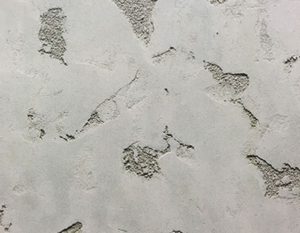
Cat Faces
Cat-faced textures are smooth with various sized rough areas in between. These rough areas are known as inclusions and vary in size, shape, and the frequency with which they appear throughout the texture. A cat-face finish can be achieved using either a synthetic or traditional type of stucco. Coarseness perception can vary greatly depending on how large and how close the inclusions are to each other. This texture is achieved using two coats of finish. Applications can be troweled on or sprayed on but it is always finished off by hand. Cat-feces are usually done in either a fine or medium stucco product.
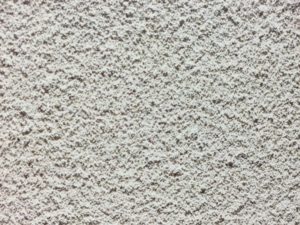
Dash Texture
This finished texture is sprayed on and can be applied light by using more air pressure, medium by using a balaced amount of air and material, or heavy by using more material and less air. A Dash Texture has it’s own unique look. One person can do a good sized job fairly easy but it usually takes two to three applications to achieve a uniform finish. Both synthetic and traditional stucco will work for this texture. It is easily patched/repaired provided that you can get a decent color match. The finished surface is kinda rough.
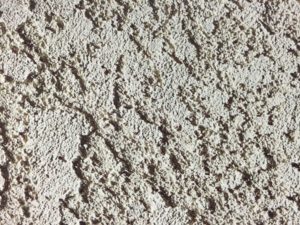
Heavy Lace Texture
Lace textures are one of the most common and are probably what most people kind of envision in their minds when they think of a stuccoed house. Lace is forgiving and can hide many imperfections and really works well for virtually any structure whether residential or commercial. Although traditional stucco mixes are more common for this finish, it can also be done in acrylics but will not have the depth that traditional stucco has. Lace is most often applied by hand but it can be sprayed on and then “knocked down” (flattened) using a trowel. It is applied in two coats, a base coat and then another for the lace finish in a fine, medium, or coarse texture.
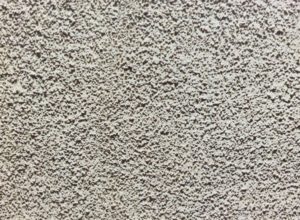
Medium Sand Texture
This is the basic and simple texture that can be found in many commercial applications in a fine, medium, or coarse finish. It is troweled down and finished using a float with quick strokes. It can be troweled or sprayed on in one coat using traditional or synthetic mixes and is one of the easiest finishes to bring about by simply using a “green float” for a fine, medium, or coarse finish depending upon the material mix. Pretty easy to repair if one can match color and feather edges.
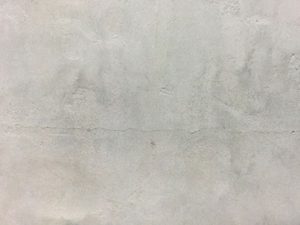
Santa Barbara Texture
A Santa Barbara texture has a brown coat that has depth and was not rendered flat. Then a flat finish coat is applied on top of it. This gives this texture its character. It is usually a traditional stucco mix applied in two coats using a pool trowel. It is a texture that is more challenging to achieve as well as repair as matching the perception and variations of the depth of the new finish coat to the old takes an experienced trowel and mix as well as color shading variation.
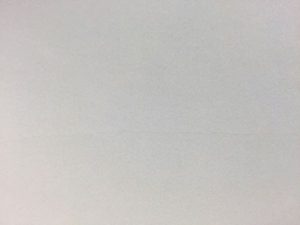
Smooth Texture
A smooth stucco finish is one of the most difficult to achieve but is growing in popularity because it is the easiest to clean and is very customizable due to the fact that different colors can be added to get a “mottled look”. It is usually a synthetic/acrylic mix but can also be achieved using a fine cement based finish. It is achieved using a “swimming pool” trowel or a “pool” trowel. Colors can be added directly to the stucco or wall to achieve a “mottled” look. It is kind of hard to patch and has a tendency to crack more than other finishes.
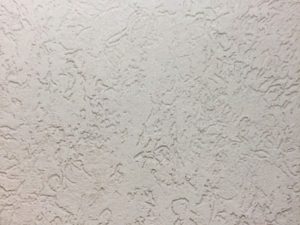
Heavy Worm Texture
Worm Swirl textures are basically finishes that have larger pieces of aggregate in them that when troweled, leave little groove like indentations in the stucco. It is not a very common finish but is interesting to look at. It is hard to tell that a house has this type of texture until you take a closer look at it. It is usually a synthetic stucco mix and uses special materials (synthetic stucco mix that uses special aggregates in it) that must be used in order to achieve the texture. It comes in a fine, medium or coarse pattern. Not a very popular finish, but different than most others in the lineup. It is hard to patch and hard to apply.
(NT)
